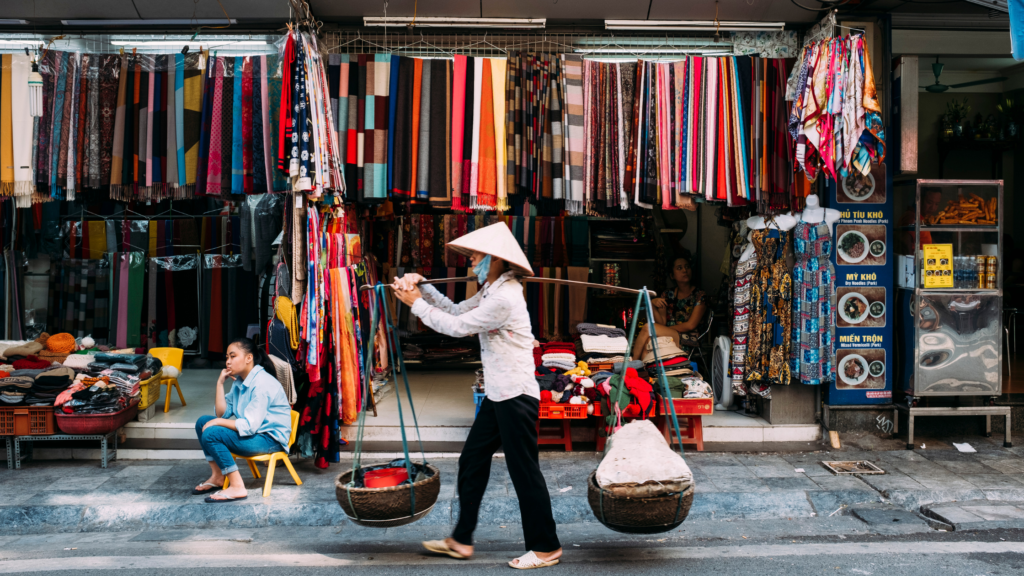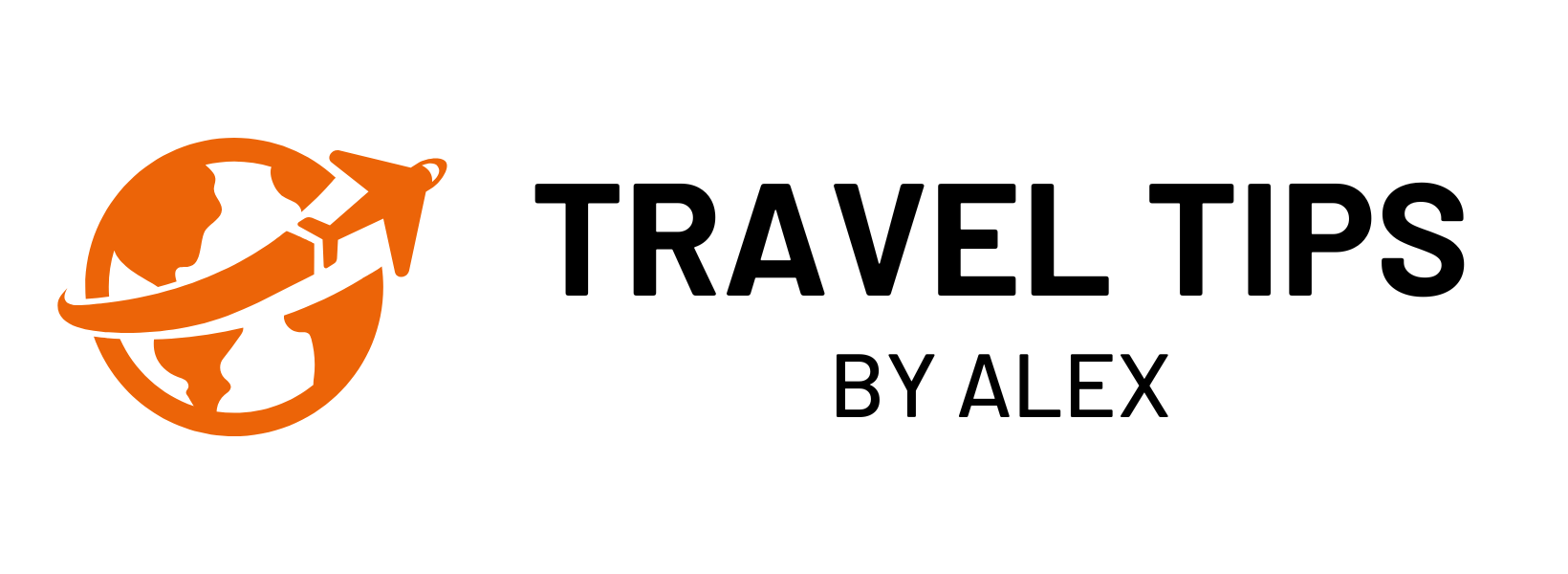When Is the Best Time to Visit Vietnam? Plus 7 Top Tips
When it comes to planning a trip, one of the most important decisions you’ll make is when to go. The time of year you visit a new place can greatly impact your overall experience, so it’s important to consider things like weather, crowds, and prices when making your decision. This is especially true for Vietnam, a country that experiences both monsoon season and scorching heat.
In this article, I’ll tell you everything you need to know about the best time to visit Vietnam, as well as some top tips for planning a successful trip. So, let’s get started!
The Best Time to Visit Vietnam
Vietnam is a country located in Southeast Asia that is known for its stunning natural beauty, rich culture, and delicious cuisine. However, the weather can be quite varied depending on the time of year and the region you’re visiting.
Vietnam has a tropical monsoon climate, meaning it experiences hot and humid weather year-round, with two distinct seasons: the dry season and the monsoon season. The dry season, which typically lasts from December to April, is the best time to visit Vietnam if you want to avoid heavy rains and enjoy relatively mild temperatures. On the other hand, the monsoon season, which lasts from May to November, can be quite wet, especially in the central and southern regions of the country.
Despite the rain, there are still plenty of reasons to visit Vietnam during the monsoon season. For one, the country is much less crowded during this time, so you can enjoy some of its top attractions without fighting for space. Additionally, prices are often lower during the monsoon season, so you may be able to save some money on your trip.
So, when is the best time to visit Vietnam? The answer ultimately depends on your travel goals and preferences. If you’re looking for good weather, low crowds, and a more relaxed pace, then the dry season is the best time for you to visit. But if you’re looking to save money and have a more authentic travel experience, then the monsoon season may be a better choice.

7 Top Tips for Planning Your Trip to Vietnam
Now that you have a better idea of when to visit Vietnam, here are some top tips for planning your trip:
1. Research before you go
Before you book your flight, take some time to research your destination. Read up on the local customs and traditions, learn a few key phrases in the local language, and familiarize yourself with the area you’ll be visiting.
2. Get vaccinated
Vietnam is a country with a number of health risks, so it’s important to make sure you’re protected before you go. Make sure you get vaccinated against common illnesses like hepatitis A and typhoid, and bring any necessary medications with you.
3. Know the local customs and etiquette
Vietnam is a country with a rich and unique culture, and it’s important to respect the local customs and traditions while you’re there. This means being mindful of things like dress codes, dining etiquette, and gift-giving customs.
4. Choose the right accommodation
Depending on your budget and travel style, you may want to consider staying in a hotel, a hostel, or a homestay. Do some research and choose the option that’s best for you.
5. Explore beyond the tourist hotspots
While Vietnam is home to many popular tourist attractions, there’s much more to see and do beyond the typical tourist hotspots. Take the time to explore local markets, hike in the mountains, and discover the country’s hidden gems.
6. Respect the environment
Vietnam is home to some of the most stunning natural beauty in Southeast Asia, and it’s important to take steps to protect it. This means following the Leave No Trace principles, avoiding single-use plastics, and being mindful of your impact on the environment.
7. Plan for unexpected challenges
No matter how well you plan, there are always going to be unexpected challenges that arise during your trip. Be prepared for things like flight cancellations, lost luggage, and other unexpected setbacks, and make sure you have a plan in place to handle these challenges.
Frequently Asked Questions
Is it safe to travel to Vietnam?
Yes, Vietnam is generally considered to be a safe country for travelers. However, as with any travel destination, it’s important to be aware of your surroundings and take steps to stay safe. This means being mindful of pickpockets, avoiding unfamiliar areas after dark, and following other common sense safety tips.
What is the local currency in Vietnam?
The local currency in Vietnam is the Vietnamese Dong (VND).
What should I wear in Vietnam?
What you wear in Vietnam will depend on where you’re going and what you’re doing. For example, if you’re visiting a temple or other religious site, it’s important to dress conservatively and cover your legs and arms. If you’re visiting a city, you can be more casual, but it’s still a good idea to dress modestly and avoid revealing clothing.
How much money should I budget for a trip to Vietnam?
The amount of money you’ll need for a trip to Vietnam will depend on a number of factors, including your travel style, the time of year you visit, and the type of activities you’re interested in. On average, you can expect to spend between $30 to $60 per day, although this can be higher or lower depending on your specific needs.
What is the best way to get around Vietnam?
The best way to get around Vietnam will depend on where you’re going and how long you plan to stay. Popular options include buses, trains, taxis, and motorbikes. If you’re traveling long distances, flying may be the best option. If you’re staying in one area, you may find that it’s easier to get around by foot or bike.
Conclusion to the Best Time to Visit Vietnam
Vietnam is a beautiful and fascinating country with a rich history and culture, and it’s no wonder why so many travelers are drawn to it every year. By knowing when to visit and following some top tips for planning your trip, you can ensure that your trip to Vietnam is a success. So why wait? Start planning your trip to Vietnam today!
- What to Wear in Cancun by Month & Activity (And Not!) - March 13, 2023
- What to Wear in New York by Month & Activity (And Not!) - March 13, 2023
- What to Wear in Morocco by Month & Activity (And Not!) - March 13, 2023

